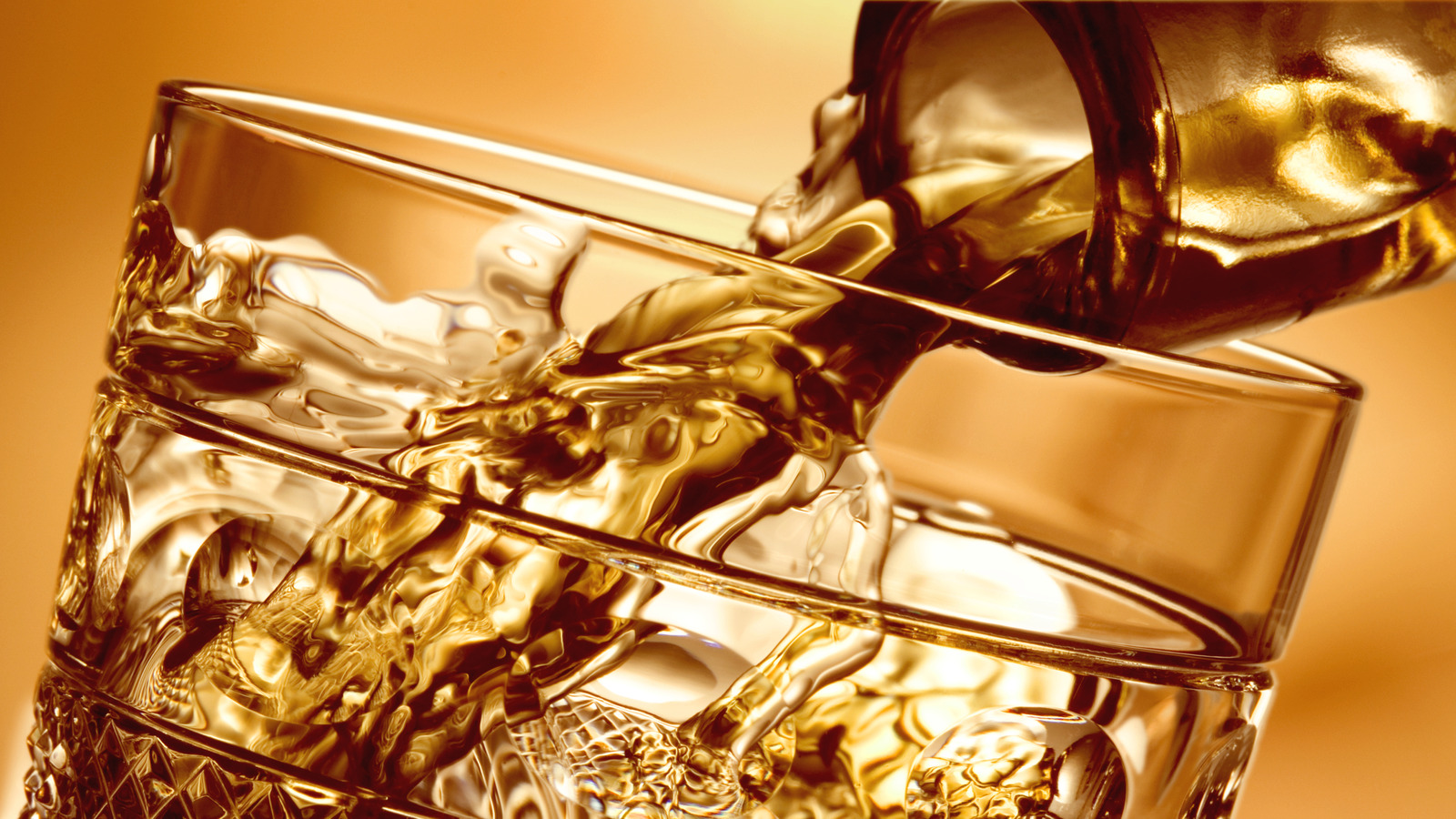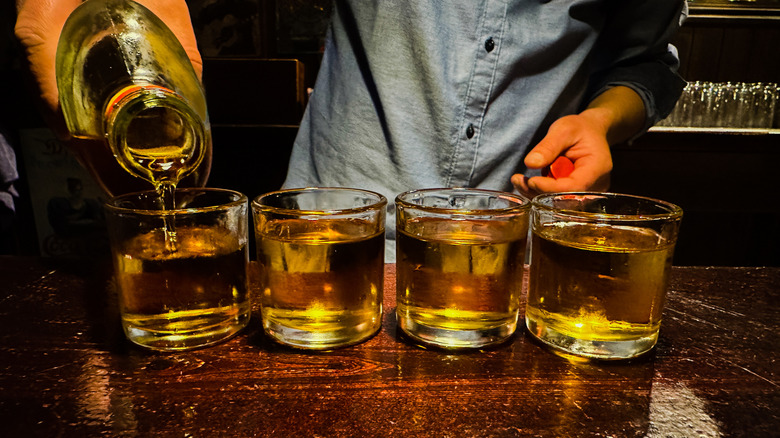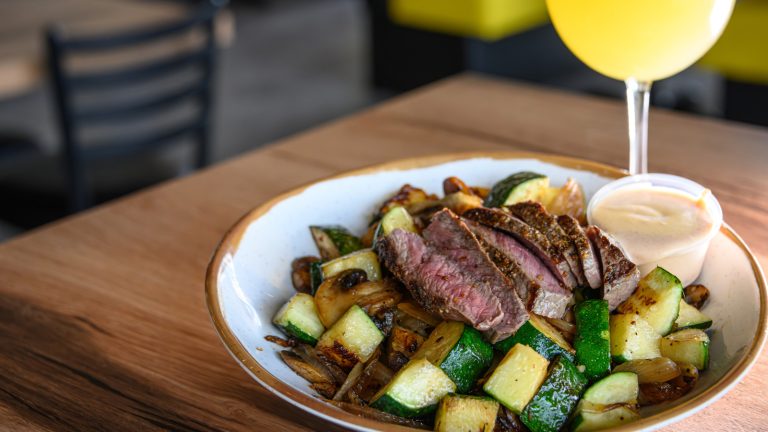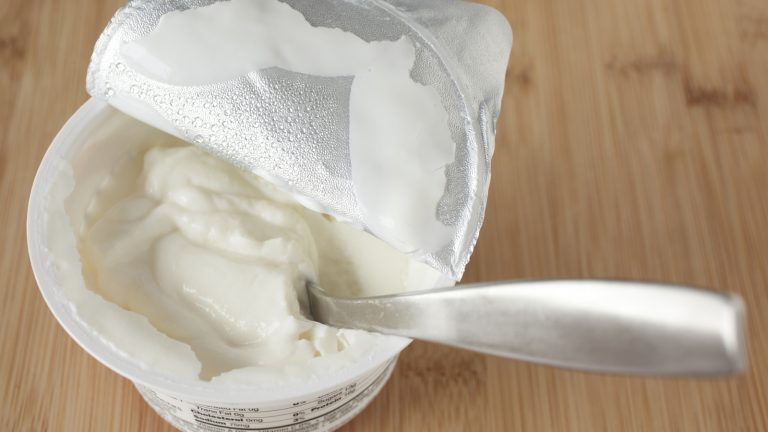Prohibition was a time of bathtub gin and rum runners, when America technically gave up alcohol for about 13 years. And though the government turned off the tap for all kinds of liquor, there was a loophole to get legal whiskey. Anyone could get a bottle of whiskey during prohibition — and good whiskey at that. All you needed was a prescription.
Doctors prescribed medicinal whiskey to their patients during Prohibition to treat all sorts of ailments, from cancer to indigestion. When the Volstead Act kicked off Prohibition in 1920, the law allowed doctors with a special permit from the U.S. Department of Treasury to continue prescribing medicinal whiskey. Doctors could prescribe a patient up to one pint of whiskey every 10 days. Each pint cost the patient $3 at the doctor’s office and $3 at the pharmacy. Today that total cost would be approximately $95.94 per pint, accounting for inflation. That would give you about one and a half, single-shot scofflaw cocktails a night until you had to ask the doc for another script.
Six distilleries got a permit to make medicinal whiskey, including American Medicinal Spirits, Schenley Distilleries, James Thompson and Brother (later Glenmore Distillery), the George T. Stagg distillery (now Buffalo Trace), Brown-Forman, and Ph. Stitzel Distillery. The medicinal whiskey these distilleries produced wasn’t anything different from what they’d been making before Prohibition. It was just regular bottle-in-bond bourbon and rye whiskey, possessing nothing out of the ordinary except for the government’s blessing for distillation and distribution.
What makes medicinal Prohibition whiskey special?
During Prohibition, medicinal whiskey wasn’t special just because it was legal (via prescription). The quality was high and the likelihood of going blind from drinking it was low. In fact, alcohol poisoning was an increasing problem as the country moved through the years of Prohibition. Bootleggers like Al Capone used secret passages in restaurants, speakeasies, and other establishments to sell stockpiles of true, aged, bottle-in-bond pre-Prohibition whiskey. As that pre-Prohibition whiskey started to run out, versions made with wood alcohol and industrial alcohol took its place.
Wood alcohol could cause blindness and a whole lot of other ailments. The U.S. Government added poisonous chemicals to the industrial alcohol supply to stop the bootleggers, and a person could (and many did) die from that. The only guaranteed safe bottle of whiskey during Prohibition was medicinal whiskey prescribed by a doctor.
Today, you can break open a bottle of Prohibition whiskey to really get into the roots of your next classic old fashioned. But you won’t likely be sipping on Prohibition era medicinal whiskey. Most of that is behind glass, whether in museums or in private collections. What you can find is “Prohibition Collection” whiskey from Buffalo Trace and Old Forester, which is essentially aged whiskey that’s marketed to tell the stories of these distilleries through Prohibition. It’s not Prohibition’s medicinal whiskey, but it’s high quality, well-aged, and bottled in a way that makes you feel like you’ve stepped back in time.






